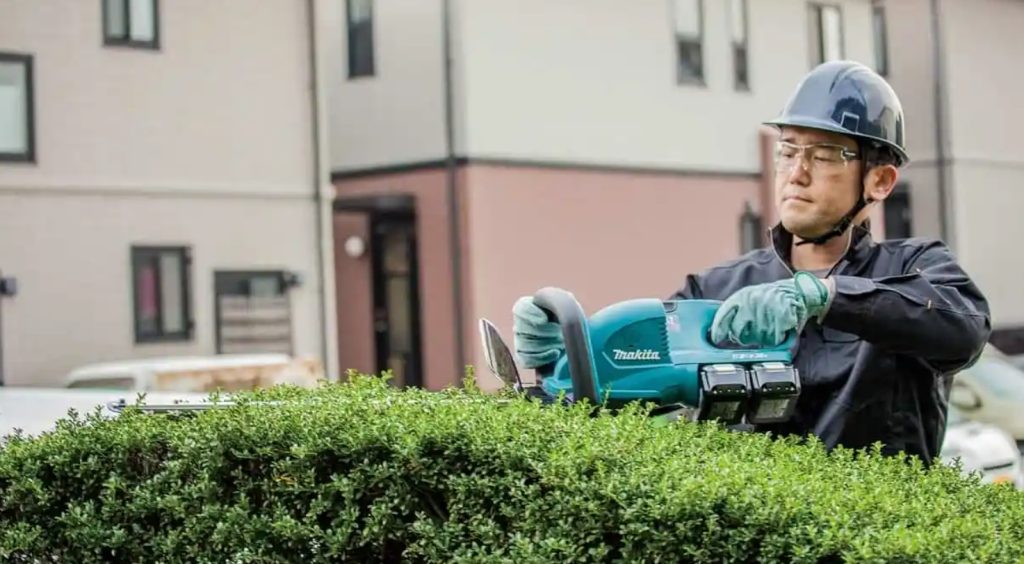Fences are important for home owners as lots get smaller. This helps to protect privacy and allows you to enjoy your morning coffee without being able see into the neighbor’s house. Traditional fencing can feel restrictive, particularly for small spaces. There are many options when it comes time to fence, and one of them is a live fence. Let’s look at the basics of growing a live fence and why this is a better option than traditional fences.

How to start a living fence
A living fence serves the same function as a manufactured fence. The plants and trees are used to create privacy, security and clearly define boundaries. There are many things to think about when growing a living wall. There are many ways to do it. Two factors will determine the kind of living wall you can grow: the plants that grow easily in your area and the layout of your lawn. Doing your research is important. You can also determine the height of your fence to ensure that you are able to plant exactly according to your needs. In some cases, a single serviceberry or river Birch can be sufficient screening.
Landscape architect J’Nell Bryson recommends installing a grouping of plants for a natural look. Planting a variety of plants in different rows is better than planting one type. This can lead to the loss of the entire living barrier in the event of pests or diseases. Bryson says that thickets add dimension and depth to a garden because of their different heights, colours and textures.
Alternatives to living fence
There are many eco-friendly options for gardeners who don’t wish to start from scratch and grow a living wall. Natural materials are better for the environment and provide a base that plants can climb. Screwfix’s list of garden screen shows how many are made out of natural materials, including bamboo and reeds. Bamboo is a natural wind blocker and can provide shade to sensitive plants below. Installing a vertical wood trellis will encourage vines and clinging plant growth. Climbing plants like clematis ivy or creeping fig work well with trellises because they are able to intertwine themselves around the beams. You can also use eco-friendly containers or raised beds to provide height if you are limited in space.
Growing a living fence
It will take a while for the plants to reach the desired height. However, it can be a year before you see the results you want. The Spruce suggests growing shrub willows, because they are easy to grow and quickly. In three years, they can reach heights between 15 and 25 feet. A living fence will require constant pruning to maintain the desired height and shape. It is not difficult to prune a living fence, as it’s similar to maintaining a normal hedge.
Environmental considerations
A living fence has many benefits to homeowners. A living fence can be more attractive than traditional fences. It also prevents dirt and pollution from entering the home. The root system of living fences helps stabilize your soil and keeps it healthy. It is particularly helpful in gardens that grow produce. These plants also act as windbreaks, preventing soil erosion or drying. If you are planting flowers, herbs, or vegetables in your garden, this will increase the yield.
More plants will help you create a healthier environment, both for yourself and your neighbors. Remember that your garden can have an impact on the surrounding environment. No matter how insignificant, what happens in our gardens or backyards can have a significant impact on climate change. A living fence is a small contribution we can make to a more sustainable and cleaner earth.
